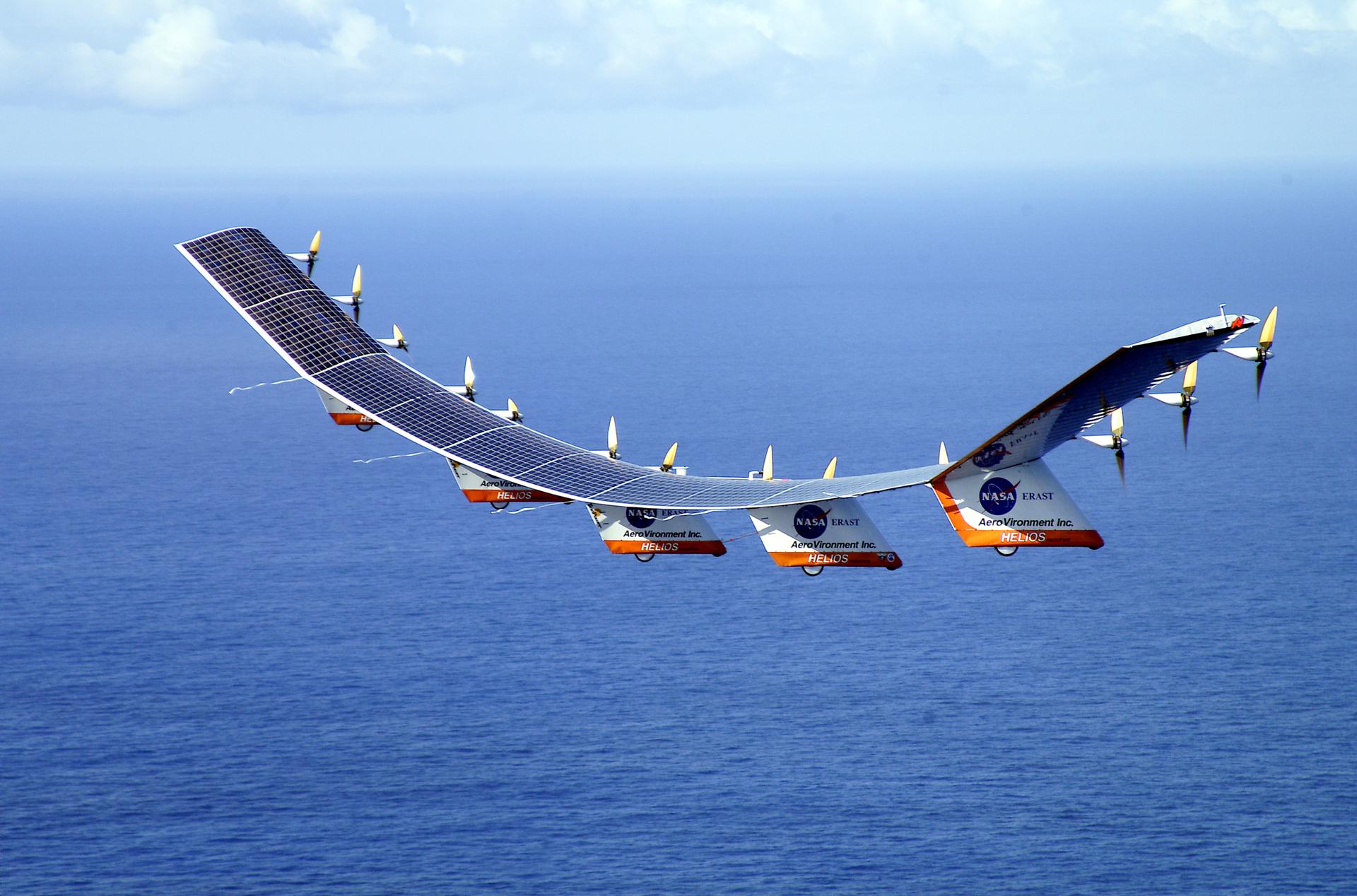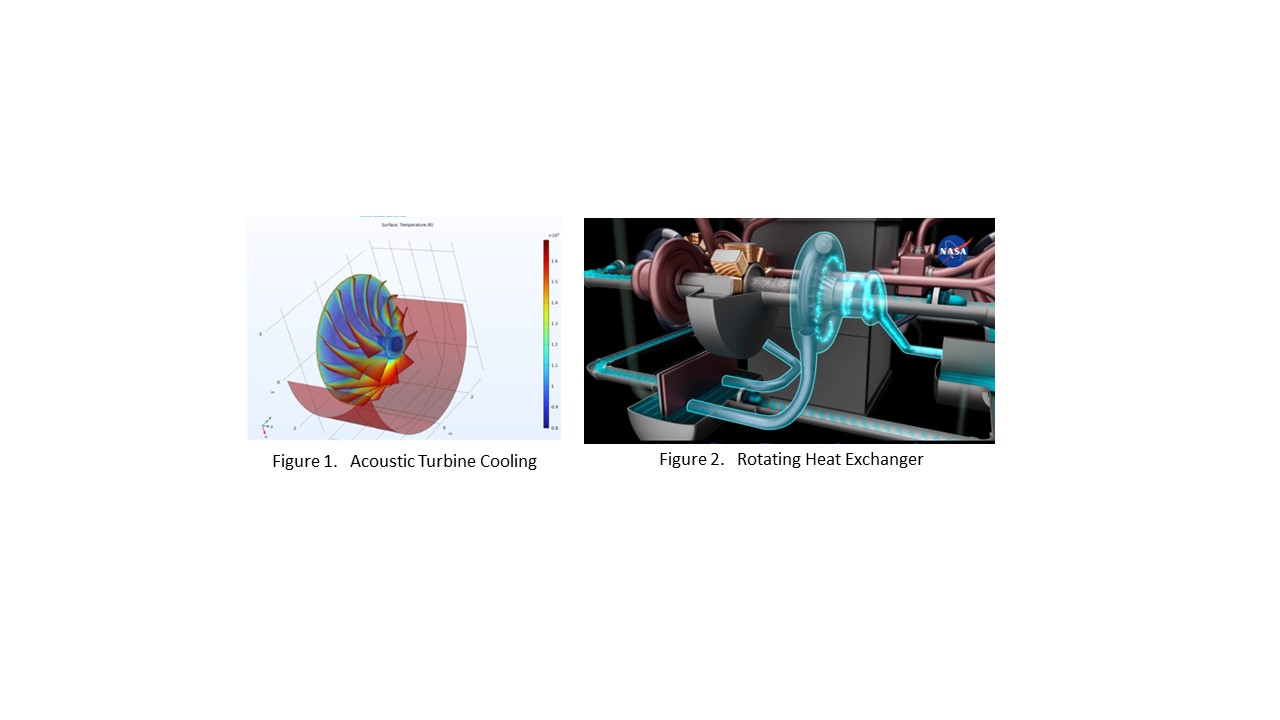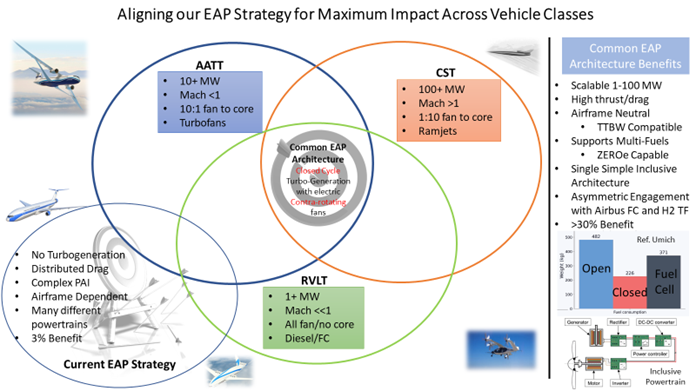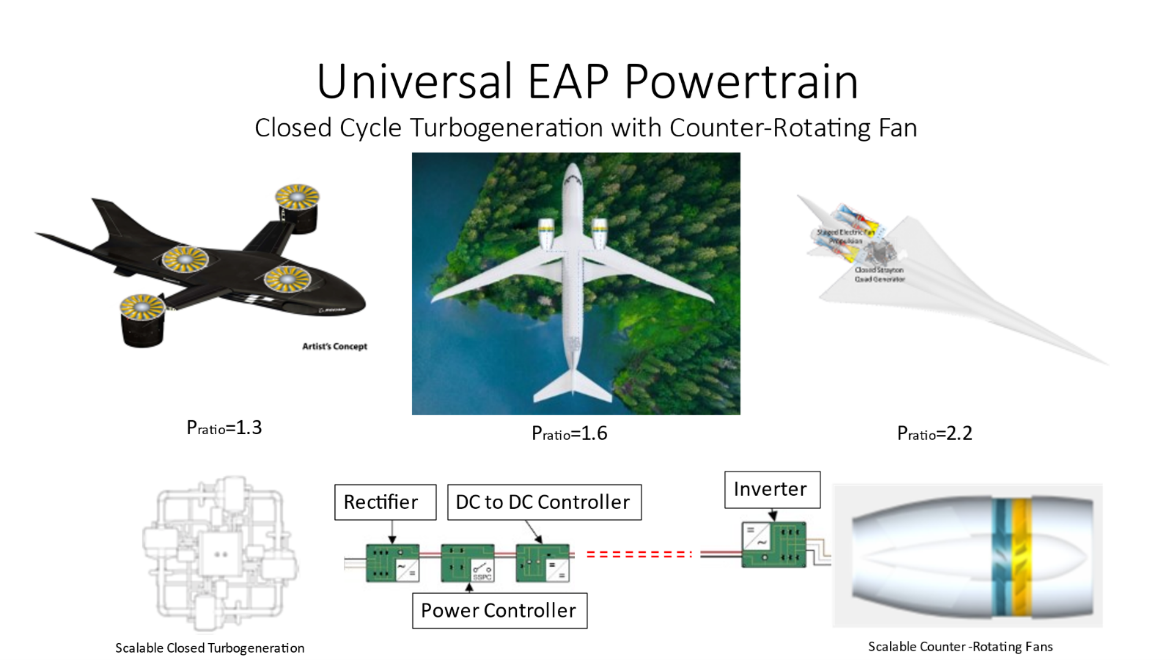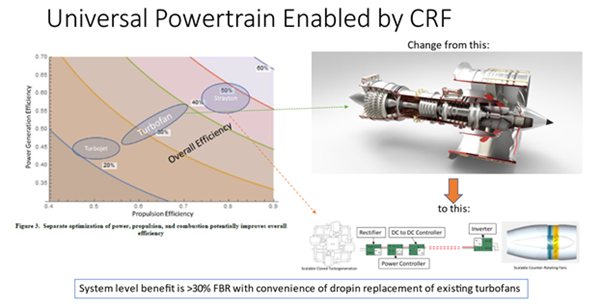Capstone Project – True Zero Emission Unified Powertrain Architecture for Electric Aircraft
Description
The Glenn Office of STEM Engagement (OSTEM) coordinates with Center scientific and technical staff to identify priority Research/Engineering and technical areas for academic year- long design challenges which involve junior and senior student teams of undergraduates in multi-disciplinary majors in accredited US universities and colleges.
Project Background / Description
NASA recently invented a new closed cycle turbogeneration technology that can achieve true zero emissions while also saving up to 50% fuel consumption. This project will develop a detailed engineering model of the Closed Strayton Quad Generator.
Challenge Objectives
Design a 70% efficient, 6 kW/kg Closed Strayton Quad Generator system for a 10 MW electric aircraft. Microgravity Wind Tunnel assembly prototype on loan to university.
- Complete the closed Strayton cycle design
- Complete the acoustically cooled turbine (Fig. 1)
- Complete the acoustic quad loop test
- Complete the rotating heat exchanger model (Fig. 2)
Mission Performance/Requirements
It enables a common EAP architecture as shown in Fig.1 and Fig.2 that can save at least 30% fuel burn with a multi-fuel zero-emission power generator as shown in Fig. 3.
The University of Michigan Institute of Sustainable Aviation (MISA) also completed this study, “Conceptual Design Studies of Zero Emission Electric Aircraft Powered by a Strayton Combined Cycle Propulsion System” showing significant fuel burn savings compared to fuel cells and open cycle turbines:
| H2 Strayton | Fuel Cells | Ker. Strayton | H2 Turbopr | Ker. Turbopr. |
| 0.015 | 0.0254 | 0.0371 | 0.0409 | 0.0852 |
Key Considerations
This technology enables zero emission aircraft without compromising safety or range. It was selected AIAA Aviation EATS Conference Best Paper, “True Zero Emission Electric Aircraft Technologies”, AIAA 2023-3987.
System Design
This work establishes a new electric aircraft propulsion technology category for achieving true zero greenhouse gas emission with transport aircraft. This new category is enabled by a recently invented Closed Strayton Quad Generator and recently developed megawatt-scale electric propulsor motors that enable staged contra-rotating ducted fans in a single nacelle. The new electric aircraft propulsion system is described that is quiet, clean, efficient, reliable, safe and supports the global transition from jet fuel and sustainable aviation fuel to future green hydrogen fuel with the goal of achieving truly zero impact on the environment. A design of this propulsion system is to be developed.
Literature Resources (As Needed)
Dyson, R.W., “True Zero Emission Electric Aircraft Technologies”, AIAA 2023-3987
Video: Closed Strayton Quad Generator Video
Contact Information
Gavin Custer
Education Program Specialist – NASA Glenn Office of STEM Engagement
gavin.t.custer@nasa.gov
(216) 433 – 3997
Glenn Research Center – Office of STEM Engagement
Phone: (216) 433-6656
Email: GRC-UniversitySeniorCapstones@mail.nasa.gov.
Latest Content
Stay up-to-date with the latest content from NASA as we explore the universe and discover more about our home planet.
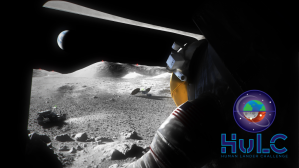
NASA’s 2024 Human Lander Challenge (HuLC) Forum brought 12 university teams from across the United States to Huntsville, Alabama, near…
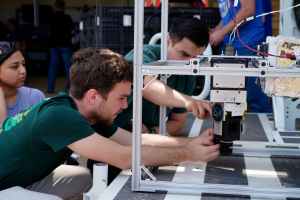
NASA’s public competitions can catalyze big changes – not just for the agency but also for participants. Bronco Space, the…
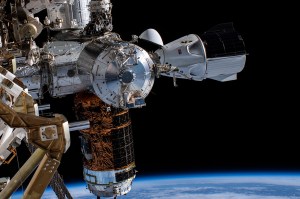
Technological innovations make headlines every day, and NASA’s In Space Production Applications (InSPA) Portfolio of awards are driving these innovations…


























